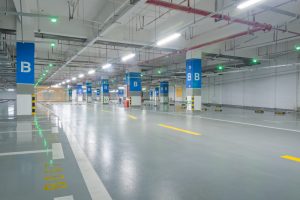Water Pollution Expected to Increase in SE Minnesota

 Residents of Southeastern Minnesota are not too happy with the area’s recent makeover as increased farm acreage degrades their private water wells.
Residents of Southeastern Minnesota are not too happy with the area’s recent makeover as increased farm acreage degrades their private water wells.
University of Minnesota researchers assessed that about one-fourth of the grasslands area, which spans 11 counties, was converted to farmland in order to grow more profitable corn and soybeans starting in 2007. While the economy in the area no doubt improved, this mass-production farming is raising the likelihood of contaminated water seeping into groundwater wells.
“We found evidence that recent trends in glassland loss to agriculture between 2007 and 2012 are likely to increase the future number of contaminated wells by 45 percent,” said Bonnie Keeler, a researcher at the university, “leading to millions of dollars in lost income and remediation costs for private households.”
Water remediation and other environmental cleanup services generate roughly $18 billion annually, as groundwater accounts for nearly 95 percent of the nation’s fresh water resources as is crucial for certain geographic areas to have access to.
Southeaster Minnesota is especially susceptible to groundwater contamination because its geological composition contains many cracks and fissures — allowing for contaminants to easily seep into. More than 80 percent of the most hazardous waste sites in the country have negatively impacted the quality of nearby groundwater, but this time it is agricultural practices that are affecting locals.
“Groundwater moves in mysterious ways,” said Keeler. “Its not always just who’s next door that affects your water because there can sometimes be complex pathways in which water moves underground.”
The biggest contaminant concern is nitrate, the main ingredient in fertilizer, which is highly soluble and mobile in soil. Planting corn and soybeans requires more of this material than any other crop. If nitrate is found in high concentrations, this can cause serious health issues which can only add to the increasing cost of dealing with water contamination.
The study also noted that these agricultural changes are not unique to just Southeastern Minnesota. In fact, this accelerated glassland conversion to row-crow agriculture has been seen across large portions of several Midwestern states. As a result, the remediation and environmental cleanup industry grew by an estimated 6.3 percent every year between 2009 and 2014.







